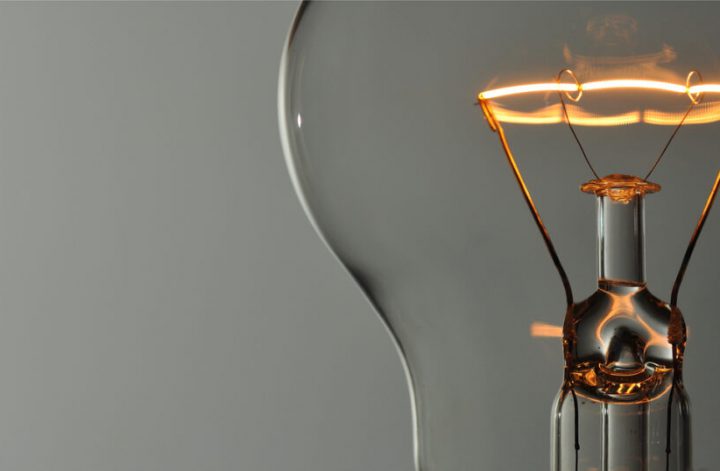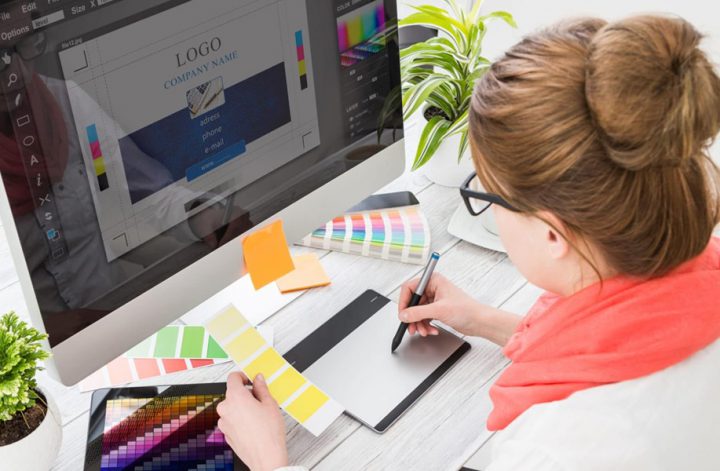Logos are powerful.
They form the essence of a brand’s identity and communicate several details in a limited space.
Think about the emotions you feel after looking at Nike’s Swoosh, or all that the Apple logo stands for.
These iconic symbols carry legacies within them and express all that the brands have achieved.
No wonder people care deeply about creating a great logo when building a brand from the ground up.
That begs the question… What makes a logo an abomination or an act of genius?
The Elements of a Great Logo
Like every other product of great design, great logos are driven by a purpose.
They are not designed just to garner praise for their visual appeal. They exist to help people quickly identify brands and their products.
Here are the elements that make a logo great (or great at serving its purpose):-
Distinctiveness: A logo may be a treat to look at, but if it takes more than 2 seconds to get noticed, it’s not something that should represent your business.
Memorability: Think of any great logo. It will be unique, but never too complex. That’s because logos don’t just need to stand out, they need to be remembered.
Versatility: A brand’s logo will be the most visibly recurrent part of its visual identity. It has to appear in different mediums, in different sizes, and on different backgrounds. So, it needs to be versatile.
Timelessness: Though even the greatest logos undergo slight changes from time to time, they rarely need a complete revamp. For instance, the current Starbucks logo still resembles its counterpart from the 1970s.
Relevance: Great logos tell stories about the brands they represent. The Amazon logo is a perfect example of this. The yellow curve that starts from Amazon’s ‘A’ and ends at the ‘Z’ (with an arrow mark) represents a smile. It tells a story about Amazon’s massive catalog, and how the brand strives to make customers happy with its deliveries. Though you don’t need your logo to be as narratively rich as Amazon’s, it still needs to be relevant to what your brand is about.
The Blueprint You Need
So far, we’ve talked about all the ingredients that go into crafting a great logo.
But, it’s one thing to know the ingredients needed to make a delicacy, and another to know its recipe.
So, let’s take it up a notch and discuss the exact blueprint you’ll need to create a great logo.
Here it is:-
Step 1: Build a Strategy
Most people don’t realize that great designers spend a lot of time thinking about strategy.
That’s because designers don’t build things in a vacuum. They collaborate with folks from various departments within an organization.
When making a logo, designers may work in close quarters with the CEO to determine what the brand is all about.
Then, they may reach out to product development and customer success teams to gain unique insights to help with visual storytelling.
Even after holding out meetings with different stakeholders, the actual logo design will not begin right away.
Designers will need to process the information they’ve acquired, and build some sort of a game plan.
The more vivid the initial strategy, the easier it’ll be to remain objective and task-oriented during the rest of the steps.
Step 2: Assemble a Mood Board
Now that you’ve understood all that the final logo needs to communicate, it’s time to seek inspiration.
Websites like Behance, Dribble, Pinterest, and 99Designs will prove useful here.
But, you need not restrict yourself to the digital world.
Creative inspiration can come from anywhere, and you’re free to set up a physical mood board on the wall if you want.
Feel free to gather:
- Other logos that you’re drawn to
- Fonts and typographic elements you like
- Color combinations that you want to use
- Relevant illustrations and photos
- Abstract elements that support your initial vision
Just make sure that you think in terms of visual systems and don’t go into a rabbit hole collecting every visual asset that you find interesting.
Use the strategy you build in step 1 as your north star.
Step 3: Get Designing
Some basic understanding of design principles will go a long in ensuring that you’re able to do justice to your vision.
For instance, knowing whether you want to use serif fonts or sans serif fonts will help you imbibe your logo with the right visual language.
That’s because just like colors, fonts have their personality.
Similarly, it’s better to know about principles of symmetry and proportionality to create a balanced logo.
So, depending on your skill level, you’ll need to choose your toolkit.
If you’re a complete novice to logo design, stick with online tools like Canva, Hatchful, and MarkMaker to build some prototypes.
But, if you have some experience with a professional tool like Adobe Illustrator, it’s time to fire it up.
Soak in as much inspiration as you can on your mood board, and let the creative juices take over.
Step 4: Polish Your Designs
Even the most experienced designers rarely create a great logo in one go.
After the first design round, they usually end up with 2-3 logos at their disposal.
Well, assuming you’re in the same boat as them, now is the time to make some final adjustments.
Show no mercy to the elements that don’t add anything to what you want the logo to say. Subtract everything that you feel is unnecessary.
Once you’re done making the final changes, call other stakeholders in the organization, and evaluate your options.
Decide upon a final logo together, and most of your work will be done.
Step 5: Create a Style Guide
Like we’ve discussed before, a brand’s logo becomes a part of bigger visual assets.
It is used in brochures, websites, mobile apps, company cards, print posters, social media posts, and many other places.
So, it is quite handy to have a style guide concerning its use.
Usually, style guides for logos have rules about the following attributes:
- Size
- Colour
- Orientation
- Layout
- Positioning
Needless to say, you can add more attributes if you want.
But, we highly recommend creating a basic style guide if nothing else.
That’s because having rules for its usage helps your logo nail its message in as many situations as possible.
Conclusion
There’s no sugarcoating the fact that logo design is an intricate process.
Unless you have some design experience, crafting a logo by yourself will place you against a very steep learning curve.
But, thanks to the successes we’ve gathered over time, Creaa Designs has been able to demystify the logo design process.
This guide contains the bulk of the wisdom we’ve acquired by trial and error.
So, we hope reading it helps you create something that truly captures the essence of your brand.
Happy designing!



